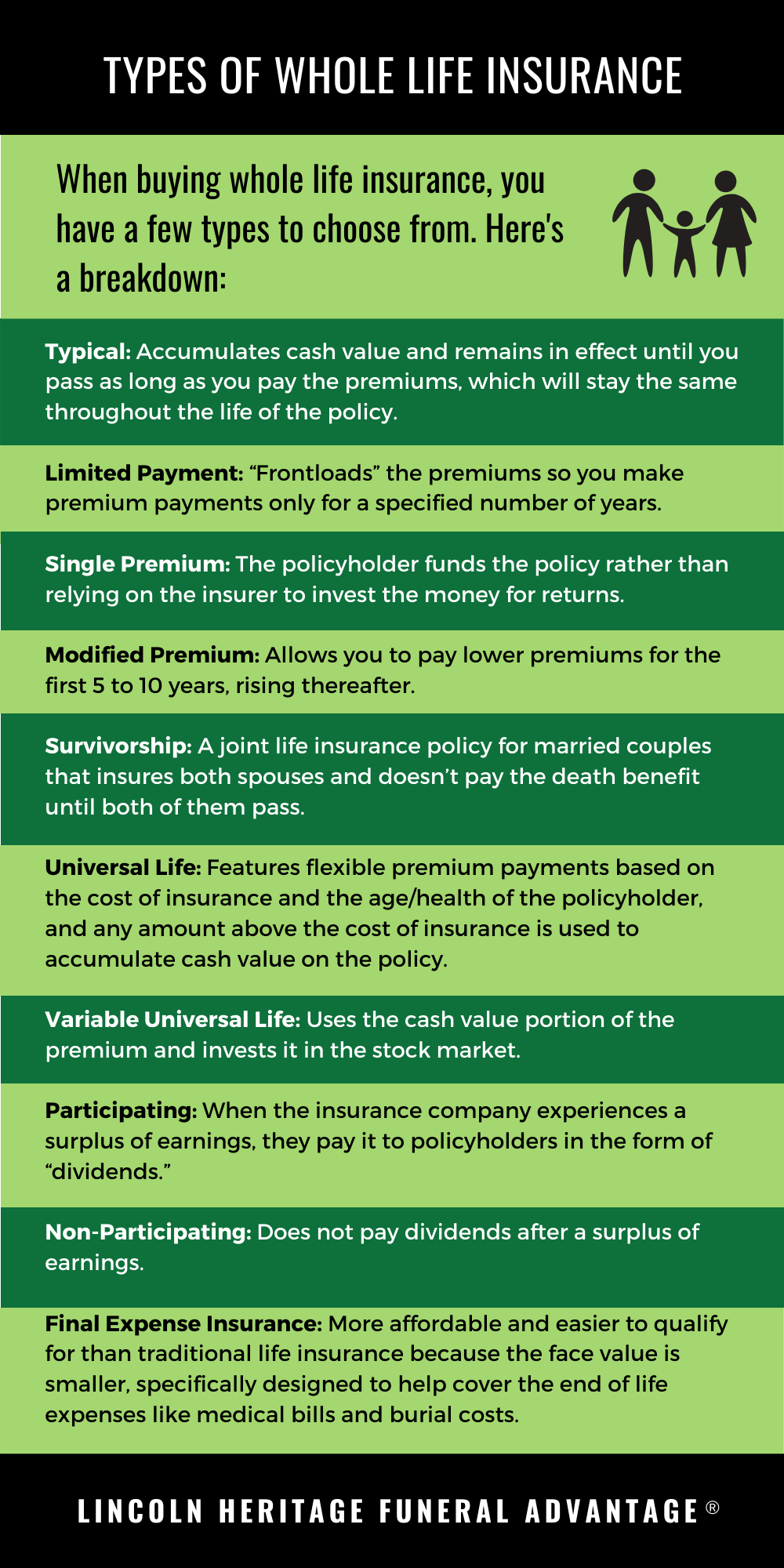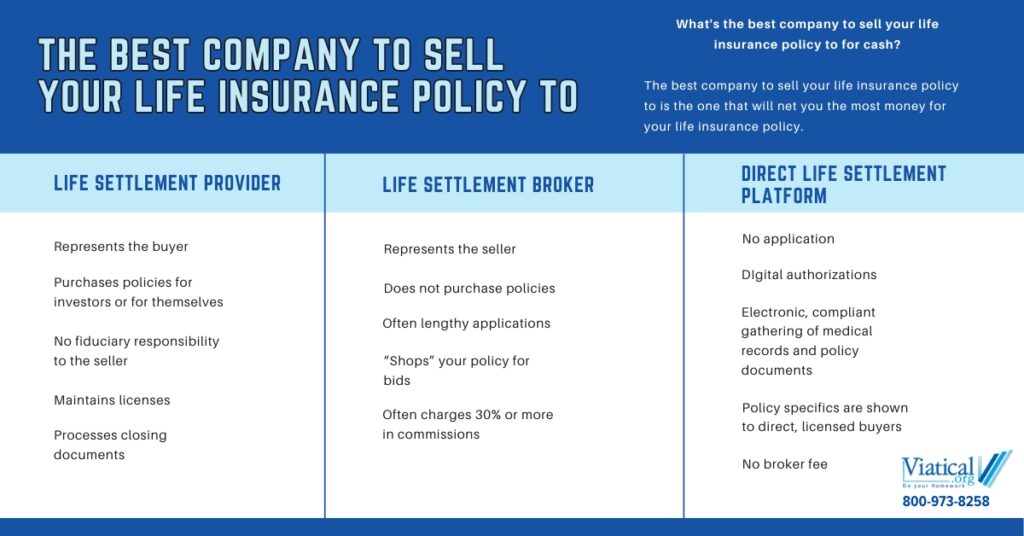Claims After a Car Accident
In the aftermath of a car accident, navigating insurance claims can feel like driving through a minefield. Filing a claim after a car accident can be a daunting task, but it’s crucial to understand your rights and options to ensure you receive fair compensation for your injuries and damages.
Understanding Insurance Coverage
After an accident, it’s essential to determine the insurance coverage of all parties involved. Your own insurance policy may provide coverage for your medical expenses, lost wages, and property damage. The other driver’s insurance policy should cover the damages you caused to their vehicle and any injuries they sustained. If the other driver is uninsured or underinsured, you may need to explore other options, such as filing a claim with your own insurance company or pursuing legal action.
Filing a Claim
To file a claim, you’ll need to provide your insurance company with information about the accident, including a police report, medical records, and estimates for repairs or replacement of your vehicle. Be sure to document all expenses related to the accident, such as medical bills, lost income, and transportation costs.
Negotiating a Settlement
Once you’ve filed a claim, the insurance company will investigate the accident and determine the value of your claim. They may offer you a settlement, which is a lump sum payment to resolve the claim. It’s important to carefully review the settlement offer and negotiate with the insurance company to ensure it covers all your damages.
Hiring an Attorney
If you’re unable to reach a fair settlement with the insurance company, you may consider hiring an attorney. An attorney can represent your interests, negotiate with the insurance company on your behalf, and file a lawsuit if necessary to protect your rights.
Post-Crash Claims: A Comprehensive Guide to Filing After a Car Accident
After the heart-pounding moments of a car accident, filing insurance claims can feel overwhelming. But with the right steps and knowledge, you can navigate this process effectively. One crucial aspect is documenting the scene thoroughly, laying the foundation for a strong claim.
Documenting the Scene
In the aftermath of a crash, your immediate actions can significantly impact your claim. Here are some essential steps to take:
- Take photos: Capture the damage to all vehicles involved, road conditions, and any visible injuries. These images provide valuable evidence for your claim.
- Gather witness information: Obtain the names, contact details, and statements from any individuals who witnessed the accident. Their perspectives can support your account of events.
- Exchange insurance details: Exchange insurance information with the other driver(s) involved. This will expedite the communication process with the respective insurance companies.
Remember, the more detailed your documentation, the stronger your case. Don’t hesitate to take as many photos as necessary and get as much information as possible. It’s like building a puzzle; each piece you gather brings you closer to a complete picture of the incident.
Witness Statements: The Power of Third-Party Perspectives
Witness statements are often invaluable in car accident claims. Here’s why:
- Objectivity: Witnesses provide impartial accounts of what they saw, which can counter any potential biases from the involved drivers.
- Additional details: Witnesses may notice things that you, as a driver, could have missed due to the stress of the moment.
- Credibility: A statement from a disinterested third party can lend credibility to your claim and strengthen your case.
So, make a concerted effort to gather witness information, even if it means asking strangers for help. Their perspectives can be like a flashlight in the dark, illuminating crucial details that may have otherwise been overlooked.
Claims After Car Accident
Okay, you’ve been in a car accident, and it’s not fun. You’re probably feeling shaken up, and you may even be injured. But don’t worry, you’re not alone. Millions of people are involved in car accidents every year, and most of them recover and move on with their lives. The key is to know what to do after a car accident.
One of the most important things you need to do after a car accident is to file a claim with your insurance company. This will help you get the compensation you need to cover your medical expenses, property damage, and other losses. Here are the steps you need to take to file a claim:
Filing an Insurance Claim
1. **Call your insurance company.** The first step is to call your insurance company and report the accident. They will give you a claim number and instructions on how to proceed.
2. **Gather evidence.** You will need to gather evidence to support your claim. This may include photos of the accident scene, a copy of the police report, and medical records.
3. **Complete the claim form.** Your insurance company will provide you with a claim form to complete. This form will ask for information about the accident, your injuries, and your property damage.
4. **Submit your claim.** Once you have completed the claim form, you will need to submit it to your insurance company. You can do this by mail, fax, or email.
5. **Follow up.** Once you have submitted your claim, you will need to follow up with your insurance company to make sure that it is being processed. You may need to provide additional information or documentation.
Filing an insurance claim can be a stressful process, but it is important to remember that you are not alone. Your insurance company is there to help you through the process and get you the compensation you need.
Claims After a Car Accident: A Comprehensive Guide
Navigating the Claims Process
If you’ve been involved in a car accident, it’s crucial to understand your legal rights and options for pursuing compensation. Filing an insurance claim can be a daunting task, but by navigating the process with clarity and confidence, you can maximize the recovery you deserve.
Types of Claims
There are two primary types of insurance claims after a car accident:
- Liability claims are filed against the at-fault driver. These claims seek to recover damages from the person who caused the accident, including medical expenses, property damage, lost wages, and pain and suffering.
- Collision claims are filed with your own insurance company to cover your own damages, regardless of fault. These claims typically cover repair or replacement costs for your vehicle, as well as medical expenses and other losses.
Filing a Claim
The first step in filing a car accident claim is to contact your insurance company. They will guide you through the process and provide you with the necessary paperwork. It’s essential to file your claim promptly, as there are often strict deadlines that you must meet.
When filing your claim, be sure to provide detailed information about the accident, including:
- Date and time of the accident
- Location of the accident
- Names and contact information of all involved parties
- Witness statements
- Police report (if available)
Assessment and Negotiation
Once your claim is filed, the insurance company will assess the damages and determine the appropriate compensation. They may contact you for additional information or request medical records.
If you’re not satisfied with the insurance company’s assessment, you can negotiate for a higher settlement. It’s advisable to consult with an attorney who specializes in car accident cases if you’re unsure about the settlement amount.
Additional Tips
- Gather evidence to support your claim, such as photos of the damage, medical bills, and repair estimates.
- Be honest and accurate in your statements to the insurance company.
- Keep a journal to document your pain, suffering, and other losses.
- Don’t sign any documents or release any information without consulting an attorney.
Claiming Compensation After a Car Accident: A Guide
After enduring the trauma of a car accident, navigating the claims process can seem daunting. Understanding your rights and knowing how to effectively pursue compensation is crucial. This comprehensive guide will walk you through the steps involved in claiming compensation after a car accident.
Filing a Claim
The initial step is to file a claim with the insurance companies involved. Gather all necessary documentation, such as the police report, medical records, and photos of the damage. Be as detailed as possible when describing the accident and your injuries.
Determining Fault
Determining fault is essential in establishing who is responsible for the accident. Insurance companies will analyze factors like witness statements, police reports, and traffic camera footage. Understanding the concept of comparative negligence is important, as it may affect the amount of compensation you receive.
Negotiating a Settlement
Once the claims have been assessed, insurance companies will typically offer a settlement. This is a negotiation process, and it’s crucial to carefully evaluate the offer. Consider the extent of your injuries, medical expenses, lost wages, and pain and suffering. Don’t hesitate to negotiate for a fair amount that fully covers your damages.
Filing a Lawsuit
If negotiations fail to reach a reasonable settlement, you may consider filing a lawsuit. This is a more formal process that involves presenting your case to a court. It’s advisable to consult with an attorney to understand your options and navigate the legal complexities.
5. Medical Expenses and Lost Wages
Medical expenses can accumulate rapidly after a car accident, putting a significant financial strain on you and your family. These expenses can include hospital bills, doctor’s visits, medication, and physical therapy. Additionally, you may have lost wages due to time taken off work for recovery or appointments. It’s crucial to thoroughly document all medical expenses and lost wages to maximize your compensation.
Conclusion
Claiming compensation after a car accident requires thorough documentation, understanding of the process, and effective negotiation skills. This guide provides a comprehensive overview of the steps involved, empowering you to navigate the claims process confidently. Remember, your well-being and financial security should be the top priorities. Don’t hesitate to seek legal advice if necessary to ensure a fair settlement.
Claims After a Car Accident
Getting into a car accident is a traumatic experience that can leave you feeling disoriented and unsure of what to do next. One of the most important steps you can take is to file a claim with your insurance company. Here’s everything you need to know about making a claim after a car accident.
Contacting Your Insurance Company
The first step after a car accident is to contact your insurance company. You should report the accident as soon as possible, even if you’re not sure who was at fault. The insurance company will provide you with a claim number and assign you a claims adjuster who will help you through the process.
Gathering Evidence
To support your claim, you’ll need to gather as much evidence as possible. This includes:
- A copy of the police report
- Photos of the damage to your vehicle
- Medical records
- Witness statements
Dealing with the Insurance Adjuster
The claims adjuster will review your evidence and determine how much your claim is worth. They may offer you a settlement, which is a lump sum payment that will cover your damages. If you accept the settlement, you will sign a release form that states that you will not pursue any further legal action against the insurance company.
If you’re not happy with the settlement offer, you can negotiate with the claims adjuster. You may also want to consider hiring an attorney to represent you. An attorney can help you get a fair settlement and ensure that your rights are protected.
Going to Court
If you’re unable to reach a settlement with the insurance companies, you may need to file a lawsuit to recover damages. This is a more complex and expensive process, but it may be necessary if you have significant injuries or damages.
Filing a lawsuit involves:
- Filing a complaint with the court
- Serving the defendant with the complaint
- Going through the discovery process
- Going to trial
- Collecting on a judgment
As you can see, the process of filing a claim after a car accident can be complex and time-consuming. It’s important to have a clear understanding of your rights and options before you begin the process. By being prepared, you can ensure that you get the compensation you deserve.




Leave a Reply